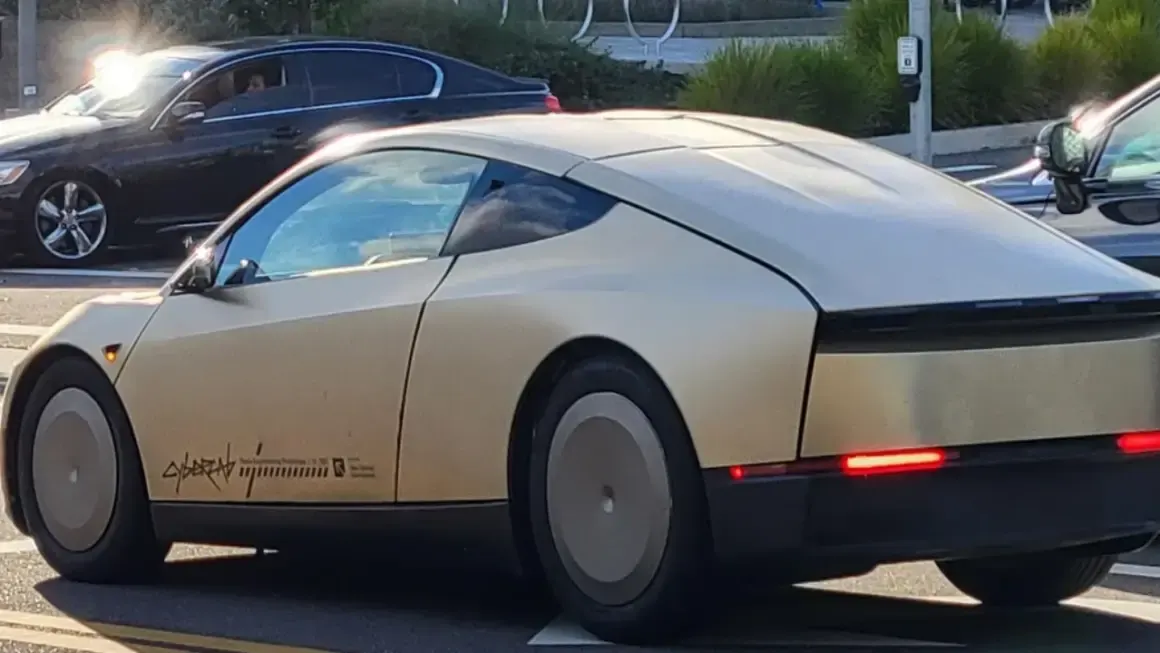The launch of the much-hyped Tesla Cybercab, the custom-built robotaxi unveiled with great fanfare and twenty prototypes last October, is already running into the same kind of timeline turbulence that defines the company’s autonomous driving efforts. While Elon Musk recently confirmed that the Cybercab production is slated for the second quarter of 2026, a critical hardware delay suggests the first models might be technological disappointments.
The issue centers on Tesla’s next-generation AI5 chip. This powerful new hardware, significantly more capable than the current AI4 chips being used in Tesla EVs, is essential for introducing true, reliable unsupervised self-driving. Yet, Musk confirmed via a social media post that the AI5 chips will not be available in volumes sufficient for factory line conversion until “mid-2027”.

This massive eighteen-month gap between the Cybercab’s planned production start (Q2 2026) and the AI5’s mass availability (mid-2027) strongly implies that the inaugural robotaxi models will be launched using the older AI4 hardware.
If the Cybercab is forced to use the less capable AI4 technology, it cannot achieve the promised level of unsupervised autonomy. This necessitates a complete reversal of the vehicle’s core design philosophy. When the prototypes were unveiled, Musk declared, “No mirrors, no pedals, no steering wheel”, insisting the vehicle must be “designed as a clean robotaxi”.
Now, without the necessary processing power to guarantee true Level 5 autonomy, those Cybercabs will likely be legally mandated to include traditional controls. Indeed, Tesla Chairman Robyn Denholm hinted at this possibility last month, suggesting the car might include “a steering wheel and pedals, if necessary”.

Even as the AI5 chip remains elusive and months away from mass production, the CEO has already announced that they are “starting work on AI6”. So, while the current technological hurdle forces Tesla to potentially equip its futuristic EV with archaic steering controls, the company is already hyping the generation of chips after the one that hasn’t even shipped yet.

